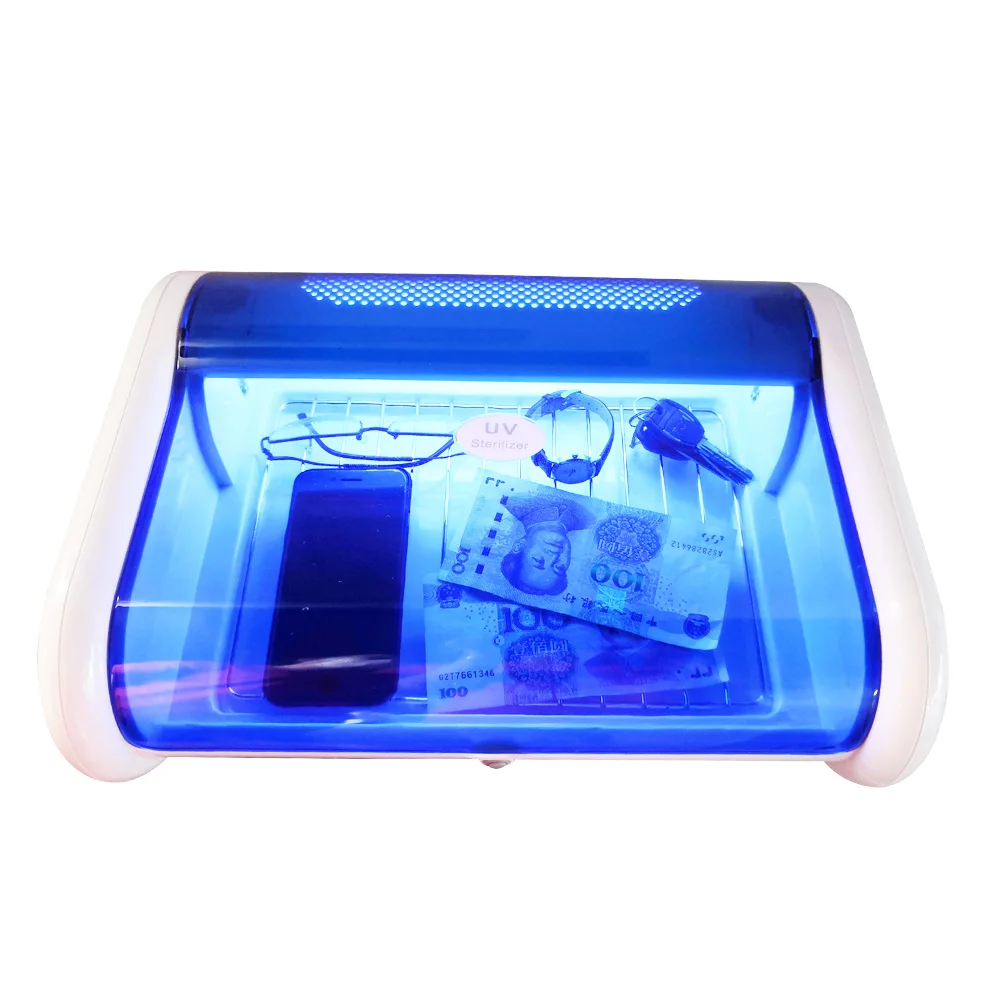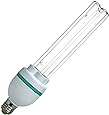dirtyhanfri
Well-known member
Hi all
I've been asked by a few local studios about this matter, one of them even asked me to quote a small cabinet with space up to 8 mics. I think the antipop will be more exposed to bacteria anyway, but, you know, clients....
Looking in the web I can find small boxes with few LEDs to clean smartphones, hairdressing accessories and such, but I have no idea if this work or not.
Also I've been reading about the danger of exposing skin or eyes at it so I'm not much into building something evolving this without being sure what I'm doing. I also see there are ready to buy UVC bulbs.
Is it actually that dangerous? Does it really work?

I've been asked by a few local studios about this matter, one of them even asked me to quote a small cabinet with space up to 8 mics. I think the antipop will be more exposed to bacteria anyway, but, you know, clients....
Looking in the web I can find small boxes with few LEDs to clean smartphones, hairdressing accessories and such, but I have no idea if this work or not.
Also I've been reading about the danger of exposing skin or eyes at it so I'm not much into building something evolving this without being sure what I'm doing. I also see there are ready to buy UVC bulbs.
Is it actually that dangerous? Does it really work?









![Electronics Soldering Iron Kit, [Upgraded] Soldering Iron 110V 90W LCD Digital Portable Soldering Kit 180-480℃(356-896℉), Welding Tool with ON/OFF Switch, Auto-sleep, Thermostatic Design](https://m.media-amazon.com/images/I/41gRDnlyfJS._SL500_.jpg)
























